Question #1: The population of the city of Boston was 520,000 in 2005. Assume the population grows at a constant rate of 7% per year. Which of the following is an expression for the population of Boston in the year 2010?
(a) 520,000(1.07)4
(b) 520,000(1.07)6
(c) 520,000(1.07)5
(d) 520,000(1.17)1/5
(e) 520,000(1.17)5
After two years the population of Boston is 520,000(1.07)(1.07) = 520,000(1.07)2
After n years the population of Boston is 520,000(1.07)n
In conclusion, after 5 years the population of Boston is 520,000(1.07)5
Question #2: What is the real value of x in the equation log345 - log35 = log7x?
(a) 49
(b) 16
(c) 5
(d) 7
(e) 81
log3(45/5) = log7x
log39 = log7x
log332 = log7x
2 = log7x
x = 72
x = 49
Question #3: What is the length of the segment BD in the figure below, if AD is 5 inches?
Figure not drawn to scale
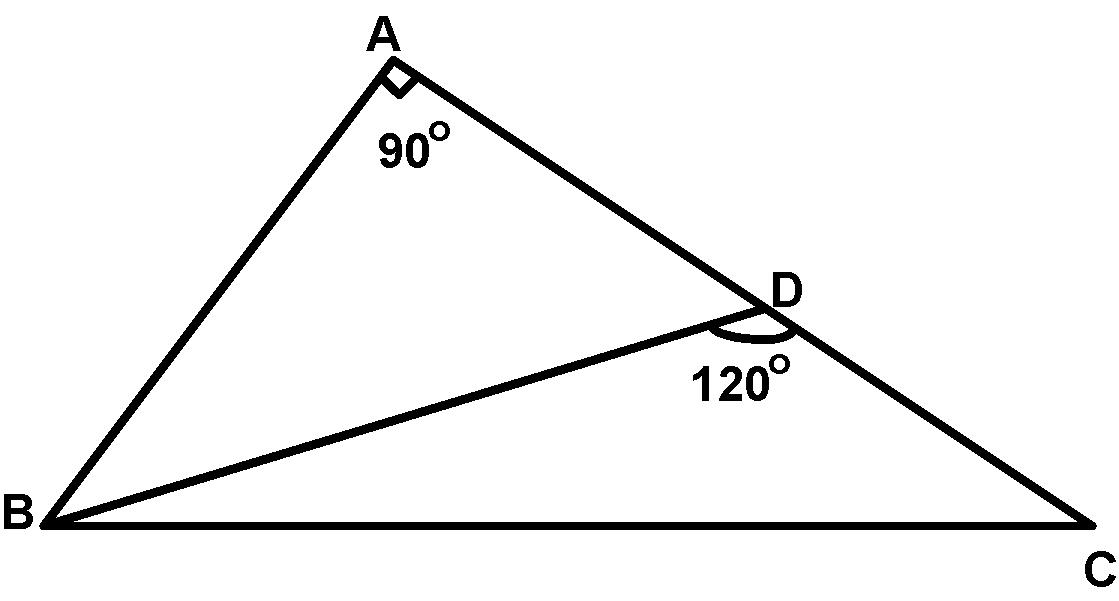
(a) 6
(b) 7
(c) 8
(d) 10
(e) 12
Triangle ABD is right and cos(angleBDA) = AD/BD
cos(60o) = AD/BD.
1/2 = AD/BD.
BD = 2·AD = 10 inches.
Question #4: Which of the following graphs could be the correct representation of 2 functions f(x) and g(x) that satisfy the equation g(x) = - f(-x)?
(a) 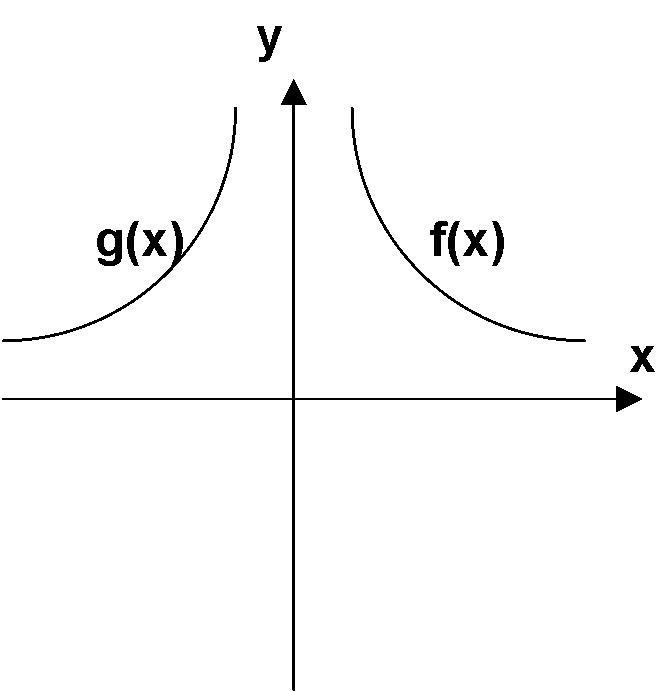
(b) 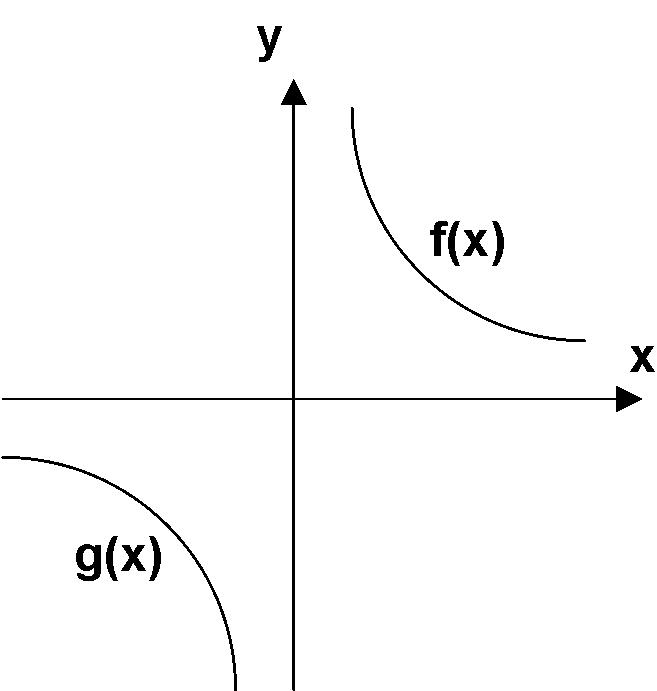
(c) 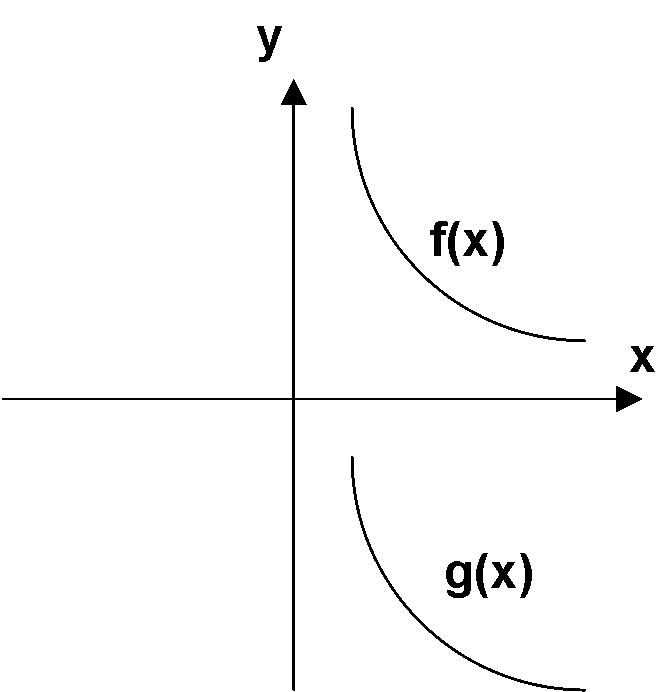
(d) 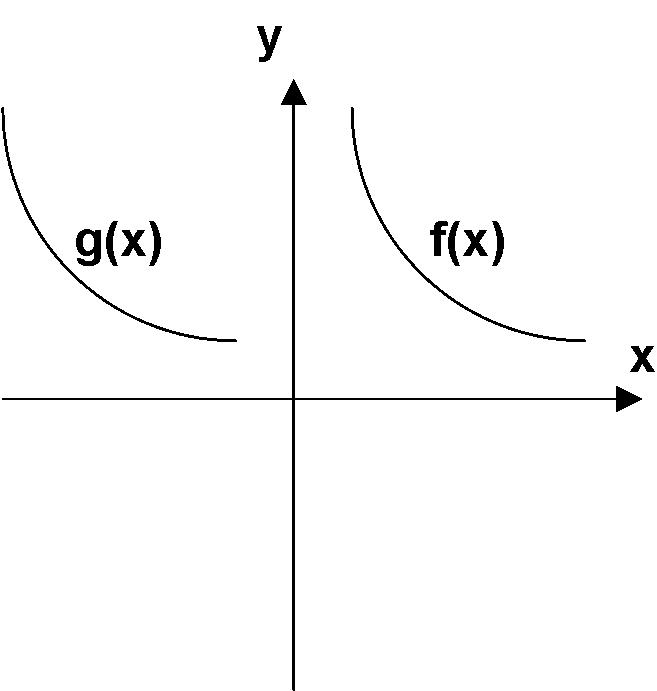
On the graph from solution (b), if we consider a random negative value for x, g(x) is negative.
f(-x) will be positive and -f(-x) will be negative, same as g(x).
This is not the case with solutions(a),(c) or (d).
Question #5: The price of wheat was $5/bushel on January 2007 and $9/bushel on January 2008. By what percentage did the price change from January 2007 to January 2008?
(a) 80%
(b) 90%
(c) 40%
(d) -40%
(e) 50%
The price change is [(9 - 5)/5]·100 = (4/5)·100 = 80%.Question #6: If 5y + 3x = 4, what is the value of 15y + 9x?
(a) 11
(b) 12
(c) 13
(d) 14
(e) 15
3(5y + 3x) = 3·4 = 12.
Question #7: The number of real solutions of the equation sin(x) = cos(x) + 2 is:
(a) 1
(b) 2
(c) 3
(d) The equation does not have any real solutions
(e) The equation has an infinity of real solutions
The 2 functions never intersect each other because while they both can reach the value 1, they don’t do it at the same x.
Sin(x) is 1 for multiples of ¶/2 while Cos(x) + 2 is 1 for multiples of ¶.
(d) is the correct answer.
Question #8: What is the value of the sum of angles a and b in the figure below?
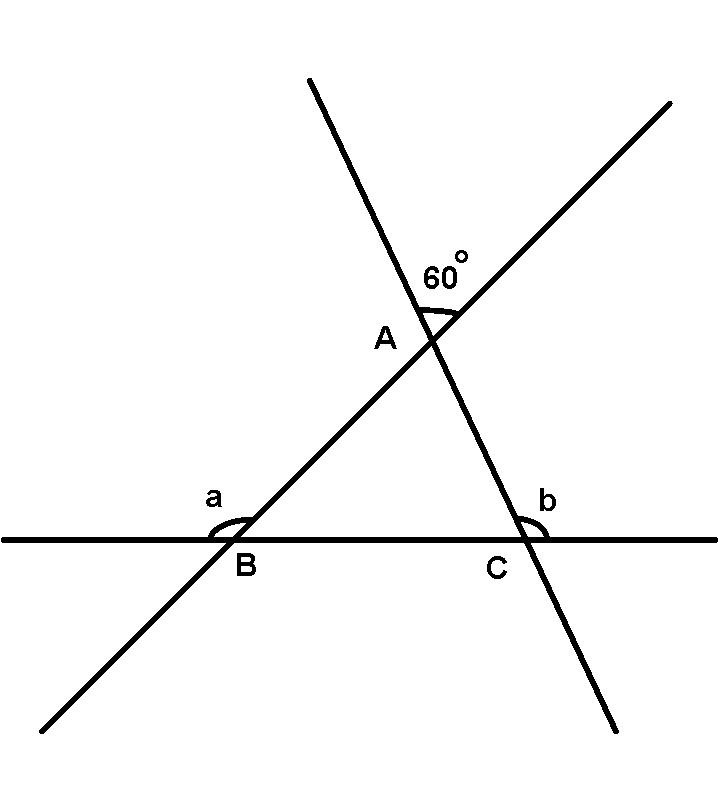
(a) 120o
(b) 200o
(c) 220o
(d) 240o
(e) 260o
Angle BAC is 60o.
The sum of the angles of a triangle is 180o.
angle(BAC) + angle(CBA) + angle(ACB) = 180o.
angle(CBA) + angle(ACB) = 180o - 60o.
angle(CBA) + angle(ACB) = 120o.
a + b = 180o - angle(CBA) + 180o - angle(ACB).
a + b = 360o - 120o.
a + b = 240o.
Question #9: If a,b and c are consecutive integers, a < b < c, and a + b + c = 96, what is the value of b?
(a) 30
(b) 31
(c) 32
(d) 33
(e) 34
Answer: If a, b and c are consecutive numbers, b = a + 1 and c = a + 2.
Then, a + a + 1 + a + 2 = 96, so 3·a + 3 = 96.
a = (96 - 3)/3 = 31.
b = a + 1 = 32.
Question #10: Suppose f(x) = x3 + 1 and g(x) = |x - 5|, what is f(g(1))?
(a) 23
(b) 24
(c) 65
(d) 55
(e) 81
g(1) = 4.
f(g(1)) = 43 + 1.
f(g(1)) = 65.


